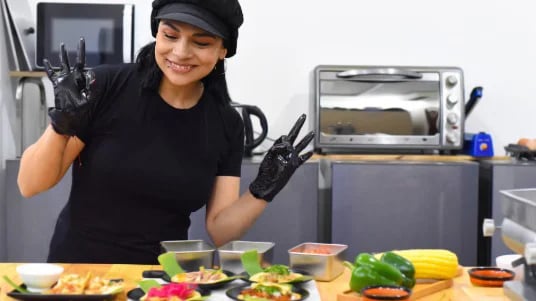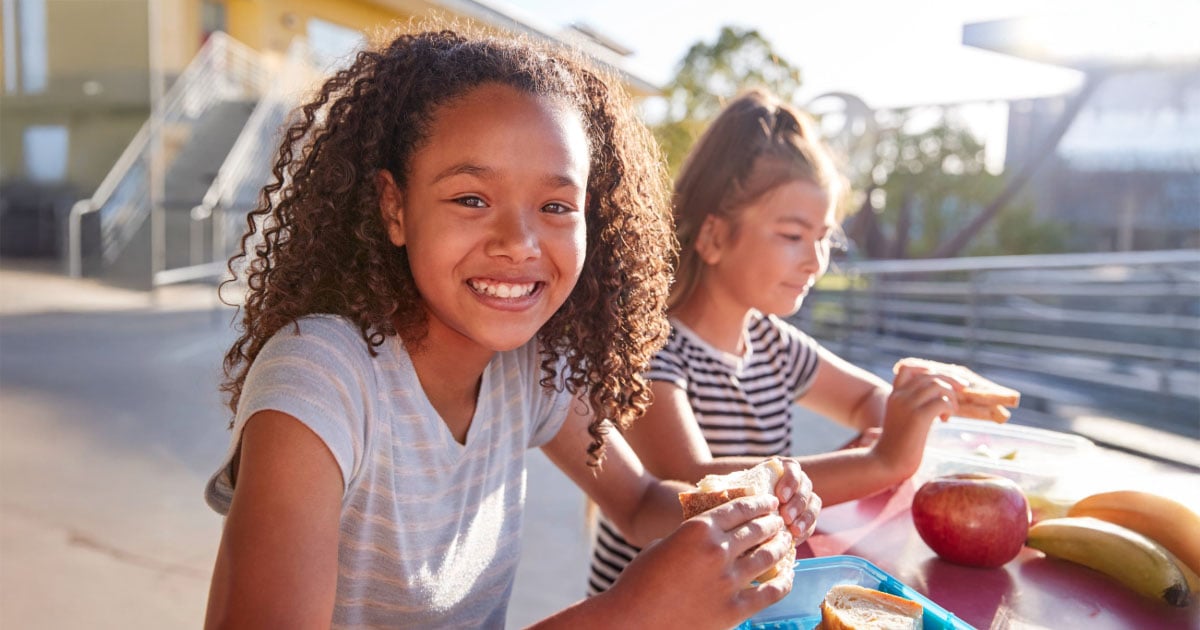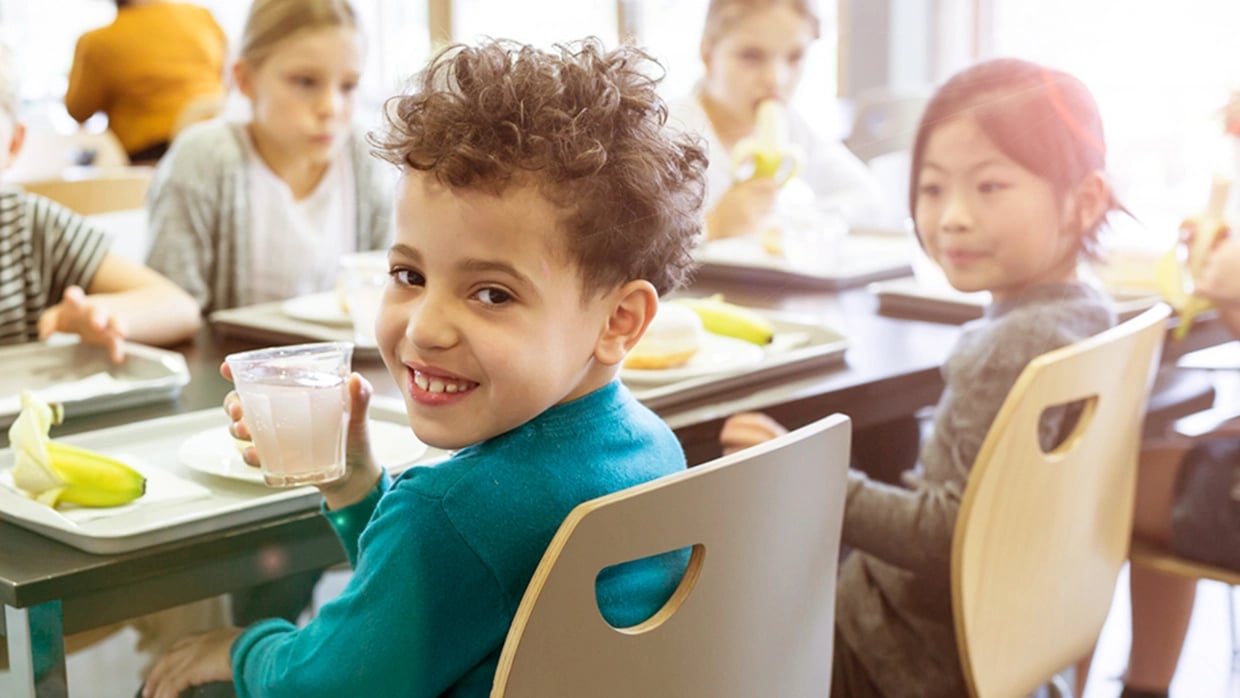Schools
From Tradition to Table: How Inclusive School Menus Celebrate Culture and Community


Help your students rediscover the perks of making face-to-face connections.
Cell phones have become so prevalent in today’s digital age, as nearly every teen has one in their hands. Around 92% of teenagers gain access to a smartphone by the time they turn 13 — and by age 15, that number increases to 97%.
While smartphones were created to increase connectivity, studies show they can actually have the opposite effect. In fact, the rise in cell phone usage over the past decade correlates with a rise in feelings of loneliness and social isolation among teenagers. This rise in isolation is especially concerning when considering the impact of social interaction on student learning, as these connections are crucial for academic and personal development.
School cafeterias can serve as social hubs for children and teens, and it’s there that they can foster deeper connections and a sense of belonging. At Sodexo, we’ve made it part of our mission to create opportunities for more memorable, face-to-face moments among students — encouraging them to put the phones down and engage in fun, food-centric activities with their peers.
From hosting special lunch pop-up kitchens with our Executive Chef to in-school menu tastings, we’ve found these experiences especially impactful at increasing connections among students while bringing a little more joy to their day.
“Social connection” is the feeling of having a close connection or relationship with others and feeling like part of a group or community. Social connection is especially important for children and teens, because it helps them build a sense of purpose, develop social skills, find interests, combat feelings of loneliness and improve their mental health.
Social isolation in any age group can lead to feelings of depression and loneliness. But for children and teens in particular, a lack of social connection can also impact their emotional and cognitive development and disrupt their sleep cycle — all of which is vital for healthy, long-term growth.
The classroom is a space for learning and exploration, but the lunchroom is where students can come together to create meaningful social connections each day. When they’re encouraged to put their phones down, they can be more present and engaged with one another.
At our “Pop-Up Kitchens” events, for example, students can become fully immersed in a culinary experience they likely haven’t seen before. From the preparation of ingredients to a full cooking demonstration with food that goes straight to their plates, these activities are created with face-to-face connectivity and social engagement in mind.
We’re constantly reinventing new ways for students to feel more engaged and connected in the lunchroom. At a recent special Pop-Up Kitchens event at Waco School District, our Executive Chef served up some spicy variations of classic student-favorite sandwiches. This fun and on-trend menu was a hit with the students and included items like the Diablo Burger, Nashville Hot Chicken and Tumbleweed Burger.
In partnership with Long Branch Public Schools in New Jersey, we have created a student-centered program that involves students in everything from menu development to dining hall décor. This collaboration has helped transform the schools’ dining spaces into vibrant hubs for students across all grade levels.
These partnerships are designed to maximize the impact of social interaction on student learning by creating environments where students can connect, collaborate and thrive.
Sharing a meal has been and always will be a way for individuals to form social connections, bond with others and strengthen social ties. By developing meaningful partnerships with school districts, our goal is to bring students together over nourishing meals that support their overall well-being.
By simply sharing stories, asking questions and engaging in active listening, students can make their time in the lunchroom much more meaningful — all while potentially improving their mental health and well-being along the way.
We have partnered with thousands of schools to deliver delicious, nutritious food and engaging culinary experiences that foster and fuel student connections that are vital for their overall well-being.
Learn more about our purpose-driven food services for schools.
From Tradition to Table: How Inclusive School Menus Celebrate Culture and Community

How Sodexo Brought Culture, Community and Scratch-Made Meals to the Cafeteria

Partnering with Schools to Fuel Student Success

A Sense of Belonging Benefits Students’ Well-Being
